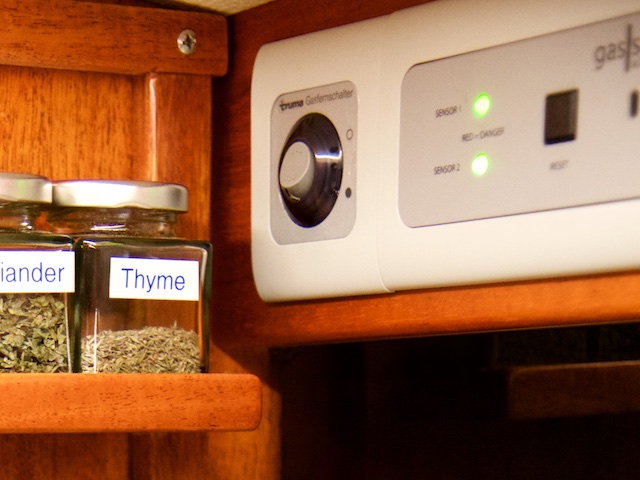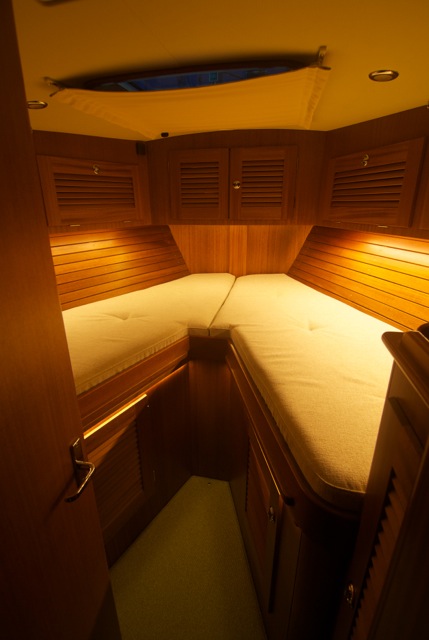The Gas System

This is just a reminder how important it is to have your gas system regularly inspected and pressure tested. Adams Boat Care now has special equipment to pressure test your gas system, but you can do a lot by yourself, as well.
Gas is quite safe, provided that it is professionally installed, inspected and tested regularly and exchanged in clear intervalls. EU rules stipulate that boats built after 16 June 1998 must have their gas system installed according to ISO 10239 “Small craft- Liquified petroleum gas systems”. Older boats don’t and need to be checked. But also newer boats need regular attention to their gas system.
All “soft parts”, e.g. hoses, have a printed date on. This is their manufacturing date. Hoses should be exchanged every 5 years or whenever chafing is showing signs of wear and tear. Also cracks can be an early sign to change a hose prematurely.

Especially in the gas locker, the hose is often exposed to chafing due to constant movement and rubbing against bottles or walls.
Hardware, such as stoves and hobs should be exchanged every 10 years to make sure that the (safety-) valves etc are still working as intended. The reduction valve is so cheap that it should be replaced every 2-3 years in order to make sure it still is functioning as intended. A spare reduction valve is always good to carry.
Copper pipes have a surprisingly long life if they are not being exposed to chafing and professionally installed. I had my entire copper pipe exchanged during the major refit of Regina Laska in 2013. It still looked great when I took it out after nearly 20 years. For safety reasons, I replaced every item of the gas system i 2013 in any case, and have since changed the reduction valve twice and the hose after four seasons in 2017 – just to be on the safe side. The oven and hob is due in 2023 the latest.
It is surprising that there are no harder legislations on the gas system in some countries. If you have a gas system in a caravan, it needs to be inspected, but not always so on a boat. Hence, it is good to know there are professionals at Adams Boat Care who can have a look at this vitally important system onboard.
If you wish to be fully safe, a gas alarm system interconnected to a remote solenoid automatic gas valve at the bottle is a very good safety equipment to install.

Onboard Regina Laska: The remote gas solenoid switch in the galley together with the gas alarm system, which are interconnected and automatic.
Each time I change the gas bottle, I do two things: First of all I spray some leakage spray on the thread by the bottle to see it is tight and secondly I do an own “pressure” test, which is not as good as the one Adams Boat Care for me once every winter, but it is better than nothing:
- I Open all the valves so gas can get all the way from the bottle to the hob where it should burn
- I close the manual valve on the bottle. I now have gas in the entire system, but no more gas can flow out of the bottle. The system is pressurised.
- I wait for 10-15 minutes to make sure nothing has leaked
- I turn the knob by the hob and ignite the gas that now should stream out of of the hob.
- There should be a flame and the gas should be burning for a second or two until the gas standing in the pipes has totally burnt out.
This way, I know that there was still gas in the pressurised system under the standard inboard gas pressure of 50 mbar. Adams Boat Care tests the system at 800 mbar, however, which is 16 times as much! Safety first!
There are luckily not very many accidents happening with gas, but when it does go wrong, most often not only your own boat is effected by the extreme explosion and it can be highly fatal.
Please have professionals, such as Adams Boat Care, check your gas system!

